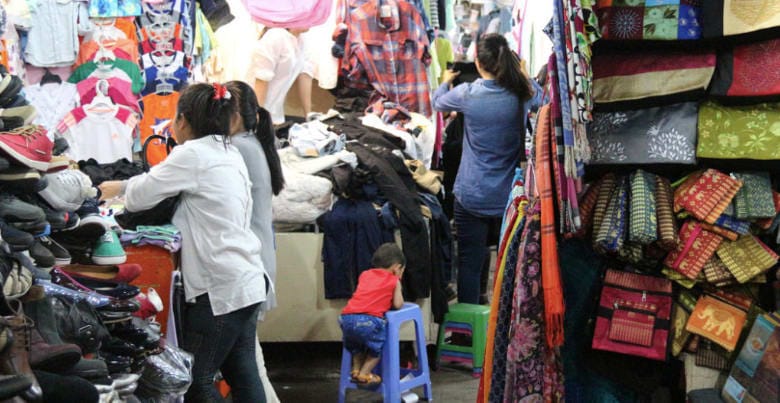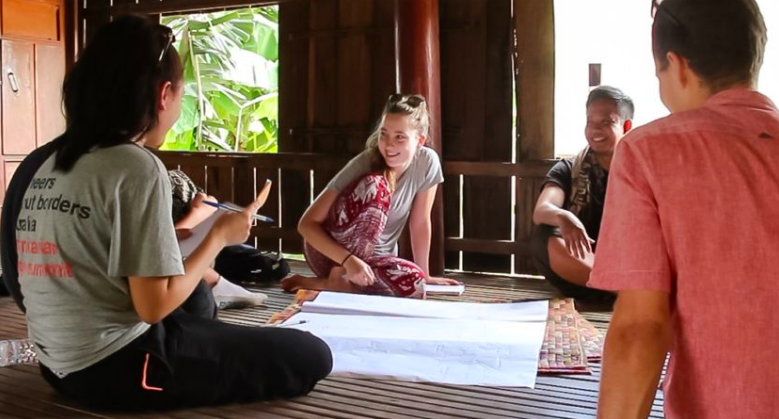Domestic Violence in Cambodia – Part 2: The Law
By Alice Pohlner This is the second article in a special four part series on domestic violence in Cambodia. Read the other articles in this series here. Ten per cent of Cambodian women in relationships have experienced sexual abuse. Twenty per cent...

By Alice Pohlner
This is the second article in a special four part series on domestic violence in Cambodia. Read the other articles in this series here.
Ten per cent of Cambodian women in relationships have experienced sexual abuse.
Twenty per cent have experienced physical violence by their partners.
And more than 30 per cent of women in marriages have experienced emotional abuse by their partners.
This is according to the 2015 National Survey on Women’s Health and Life Experiences conducted by the Ministry of Women’s Affairs in Cambodia.
The results were discouraging for Cambodian women, with statistics showing the prevalence of violence against women was detrimental to the development of gender equality in Cambodia.
But recent changes have seen the Cambodian government take steps towards resolving issues of women’s rights.
Like most South East Asian countries, Cambodia ratified the Convention on the Elimination of all Forms of Discrimination Against Women (CEDAW) in 1992.
By signing the CEDAW treaty, Cambodia agreed to “take all appropriate measures, including legislation, to modify or abolish existing laws, regulations, customs and practices which constitute discrimination against women”.
Board member of the Cambodian Centre for Human Rights Prok Vanny said CEDAW was a good starting point to defeat gender-based violence but not enough Cambodians knew about it.
“It is good. The government needs to arrange some state money for capacity building for all government officials (both men and women) to receive the training on CEDAW, and each ministry need to do the regular report on the progress of the implementation on women’s right in the ministry,” Ms Prok said.
“As well, the Government report on CEDAW needs to disseminate to all people to learn and see.”
A constitutional council reaffirmed Cambodia’s pledge to CEDAW in 2007.
Cambodia’s 1993 constitution also makes reference to gender equality and women’s rights.
Articles 31, 35 and 45 demand rights and freedom, political equality and abolishment to discrimination against women.
In 2003 the government reaffirmed their stance of the constitution by establishing the Millennium Development Goals that aimed to promote total gender equality and empowerment of women by 2015.
Two years later the Law on Domestic Violence and the Protection of Victims was introduced by the government.
Perpetrators face criminal prosecution and are punished under penal offence if caught.

However, according to Ms Prok, many escape charge due to female reliance on the husband’s financial support.
“These are only in law, for implementation, if faced problem by women themselves, most of them, in particular for poor families, they depended to their husbands for income generating,” she said.
“So when the police arrested and put their husbands in jail, [some women] cried and pursued to let their husbands [out].”
In 2007, the Cambodian government abolished the teaching of the gender-based codes of conduct Chbab Srey for females and Chbab Proh for males in schools.
While the codes were not legally binding, they were embedded into Cambodian society.
Ms Prok said the codes taught blatant gender inequality to Cambodians from a young age.
“The Women’s Code explicitly assigns a lower status to women, prohibits them from voicing opinions, and advises women at all times to respect and obey their husbands and avoid embarrassing them,” she said.
“The whole content of Chbay Srey seems discrimination to women while the Chbab Proh it was written by the same person and the content is good advice for men, but not for under control of women.”
While the codes are no longer taught in schools, Ms Prok said society still passed down the values through tradition to young girls.
“The elderly women or parents still used the Chbab Srey for advice to daughters or young sisters,” she said.
In recent years, the government has released two National Action Plans on Violence Against Women.
The first plan was between 2009-2012 and looked at public awareness and strengthening government policies and legal services for women.
The second, released in 2014 to go until 2018, was designed to develop a system to monitor their progress.
Content Officer at ABC International Development in Phnom Penh Ty Samphors Vicheka said the plans were good in theory but was unsure what impact they had made.
“The key strategies of National Action Plan focus on promoting public awareness and sensitising the public on laws, developing and improving social, health and legal services and developing and improving relevant policies and laws,” Ms Ty said.
“On paper it is thorough and strategic, but in reality, there are challenges with the implementation.
“There is a lack of information flow from the nation to sub-national level, and a lack of education of staff about the contents of the plan, and different ministry’s responsibilities towards it.”
The Cambodian government says it has made significant progress in achieving gender equality and minimising violence against women in the past two decades and has pledged to continue their work.





